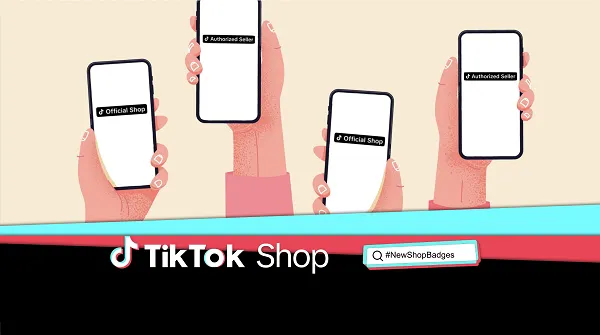Why data viz is a communicator’s secret weapon
Data viz expert Alberto Cairo explains how strong visual design sharpens your message and engages your audience. Communicators aren’t typically renowned for their data savvy. Writing, storytelling, crafting narrative – sure, they’ve got it. Numbers and data? Not necessarily their strong suit. Data literacy isn’t something communicators are typically trained on, said Alberto Cairo, associate […] The post Why data viz is a communicator’s secret weapon appeared first on Ragan Communications.

Data viz expert Alberto Cairo explains how strong visual design sharpens your message and engages your audience.
Communicators aren’t typically renowned for their data savvy.
Writing, storytelling, crafting narrative – sure, they’ve got it. Numbers and data? Not necessarily their strong suit.
Data literacy isn’t something communicators are typically trained on, said Alberto Cairo, associate professor and Knight Chair of Visual Journalism at the University of Miami. He speaks from first-hand experience. As a young journalist, Cairo didn’t have a good grasp on the subject either.
“That’s the whole reason I started studying statistics seriously because when I was 30-something I didn’t really understand numbers well,” he said.
Now, Cairo is on a mission to show why data and, more specifically, data visualization matters in communications. He shared his approach with the 100-plus senior communicators gathered at Ragan’s Communications Leadership Council Member Retreat in May at the Ritz-Carlton on Amelia Island, Florida.
The bottom line: Done right, a good chart can change hearts and minds.
Why visual design matters
Pictures are persuasive. In a world — and a profession — that is increasingly driven by data, the ability to create captivating charts and graphs has become a valuable tool.
“Visualization is one of the best ways to extract meaning from complexity,” said Cairo, author of four books on data visualization and design. “If I transform raw data and numbers from an Excel spreadsheet into a line chart, it creates meaning.”
Data visualization is the convergence of information design and statistics, according to Cairo. The purpose is to display data in a way that reveals patterns and trends the human eye can perceive at a quick glance. It’s part art and part science, and maps, charts, graphs and diagrams are its tools.
By visually encoding, or mapping data onto objects whose attributes vary according to the data being represented, communicators can reveal something that would normally be hard to decipher. When it’s done right, a good visualization creates an impression that lasts —and can even go viral.
Cairo pointed to the discussion around climate change as a good example. Decades of data locked away in spreadsheets (Figure 1) tells the story of a warming climate increasingly threatening the delicate equilibrium of the ecosystem. The story becomes much more compelling when it’s paired with a distinctive visual (Figure 2).

Figure 1 (Image courtesy of Alberto Cairo)

Figure 2 (Image courtesy of Alberto Cairo)
Learning the grammar of visual design
Cairo’s learning journey took him from working at local newspapers in his native Spain to heading up the graphics department at El Mundo, the country’s second largest newspaper. He’s parlayed that experience into teaching positions at the University of North Carolina and now as a professor at the University of Miami.
He has since educated hundreds of professionals on visual design, most of them with little or no previous design experience. That’s no barrier, according to Cairo. Just a little bit of knowledge about typography, color composition and layout can go a long way.
“You don’t need to become a professional graphic designer, but developing a sense of style in this design helps a lot,” he said. “It doesn’t take long and it’s quite easy to do.”
And, of course, brushing up on numbers is critical, too. “You cannot produce a good visualization if you don’t have a sense of numeracy,” he said.
There’s a grammar and syntax to visual design that can be learned. Bar charts are great for comparison, pie charts show the parts of a whole, for example.
None of these charts are good or bad, Cairo said. They are better or worse depending on the intent of the graphic, so it’s important to think about what you want to communicate. That’s why being clear on your purpose and intent is so crucial to choosing the right visual
The Financial Times has a visual vocabulary resource to aid that process.
Good editing is the key to good data visualization
Just as writers structure their words to communicate a message in a persuasive way, good visual designers do the same. And just like writing, careful editing is crucial. The polishing process is where you can unlock the real value of data visualization.
“I can create a visualization in one minute but it will be really bad,” Cairo said. “I need to edit it carefully, paying attention to the details.”
He advised communicators to approach visual design with the same amount of attention to detail they would put into writing. “Think about your visualization as a way to communicate specific messages,” he said. “Think about your graphic based on the purpose of what you want to communicate.”
Also think about whether the graphic shows sufficient information or leaves out important context. Most bad graphics tend to be the result of sloppiness and ignorance versus bad intentions, Cairo said.
“They are just the products of people who don’t know better — because visualizations are not taught formally — or lazy or rushed thinking,” he said.
That’s not to say that malicious disinformation isn’t a problem. When communicators are the subject of an active disinformation campaign, data visualization can be a powerful tool to fight back. A well-designed chart, graphic or map delivers a message in a way that words alone can’t, Cairo said.
“Once you see what they are intended to convey, you can’t not see it anymore. It’s like a punch in the face.”
Members of Ragan’s Communications Leadership Council have exclusive access to additional reporting on the topic, including Cairo’s five principles for effective data visualization for non-designers.
The post Why data viz is a communicator’s secret weapon appeared first on Ragan Communications.





















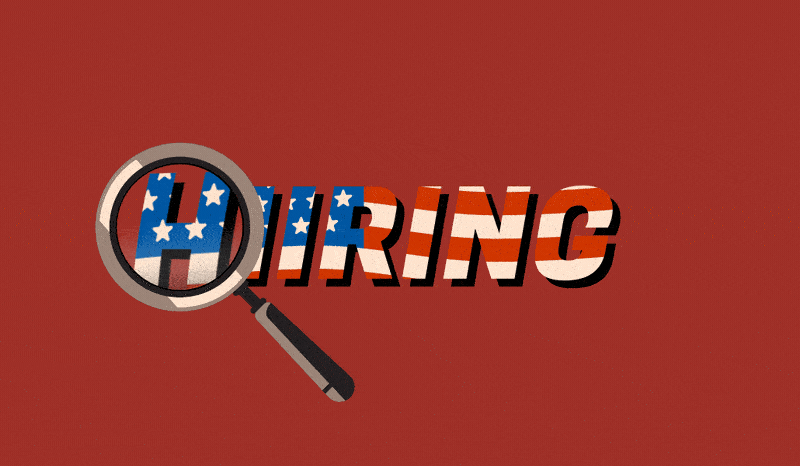


![Brand and SEO Sitting on a Tree: K-I-S-S-I-N-G [Mozcon 2025 Speaker Series]](https://moz.com/images/blog/banners/Mozcon2025_SpeakerBlogHeader_1180x400_LidiaInfante_London.png?auto=compress,format&fit=crop&dm=1749465874&s=56275e60eb1f4363767c42d318c4ef4a#)

![How To Launch, Grow, and Scale a Community That Supports Your Brand [MozCon 2025 Speaker Series]](https://moz.com/images/blog/banners/Mozcon2025_SpeakerBlogHeader_1180x400_Areej-abuali_London.png?auto=compress,format&fit=crop&dm=1747732165&s=beb7825c980a8c74f9a756ec91c8d68b#)
![Clicks Don’t Pay the Bills: Use This Audit Framework To Prove Content Revenue [Mozcon 2025 Speaker Series]](https://moz.com/images/blog/banners/Mozcon2025_SpeakerBlogHeader_1180x400_Hellen_London.png?auto=compress,format&fit=crop&dm=1747758249&s=9f3c5b1b7421f862beace1cb513053bb#)

























![The 11 Best Landing Page Builder Software Tools [2025]](https://www.growthmarketingpro.com/wp-content/uploads/2024/04/best-landing-page-software-hero-image-1024x618.png?#)





































![How To Build AI Tools To Automate Your SEO Workflows [MozCon 2025 Speaker Series]](https://moz.com/images/blog/banners/Mozcon2025_SpeakerBlogHeader_1180x400_Andrew_London-1.png?auto=compress,format&fit=crop&dm=1749642474&s=7897686f91f4e22a1f5191ea07414026#)



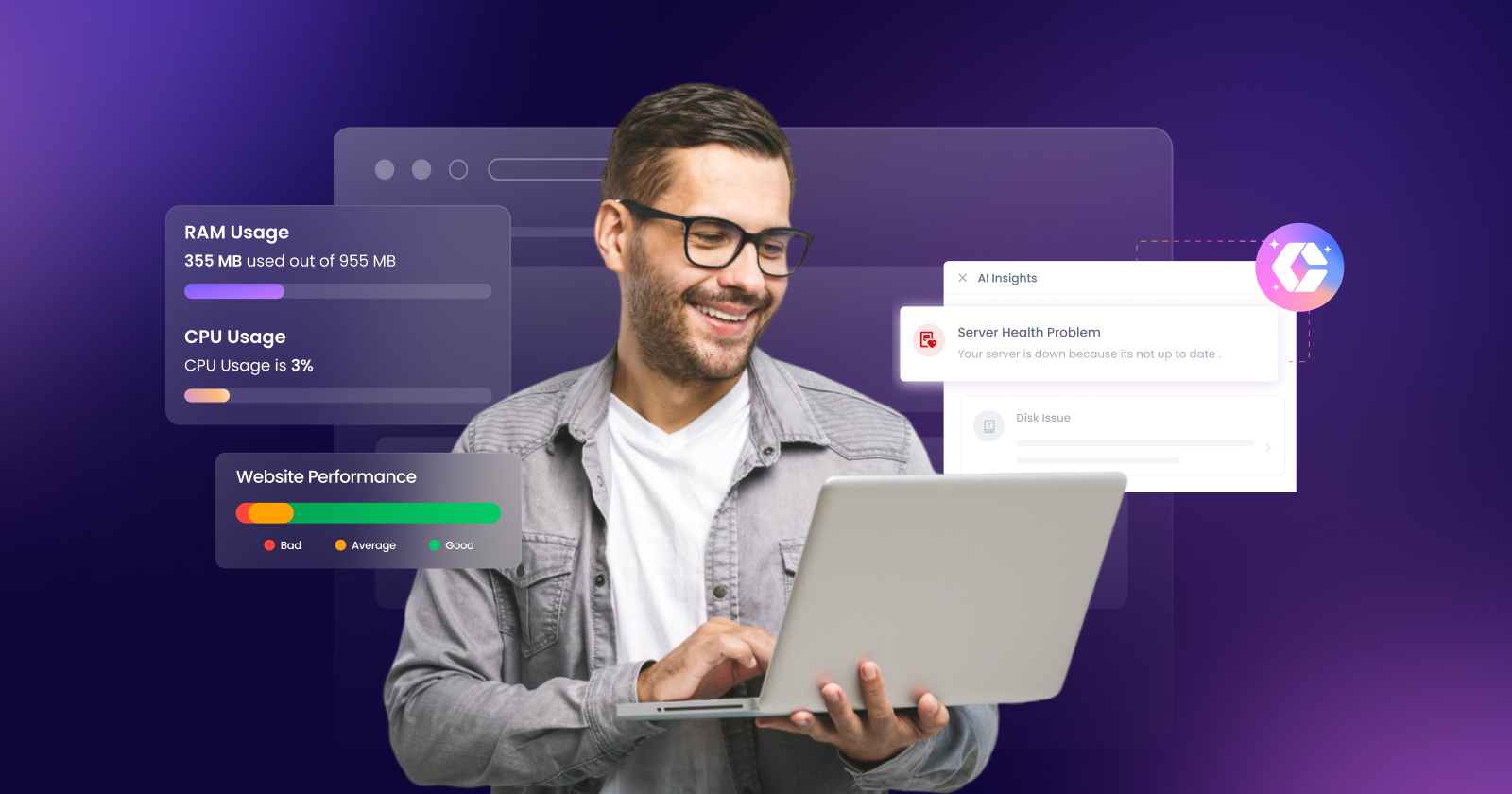
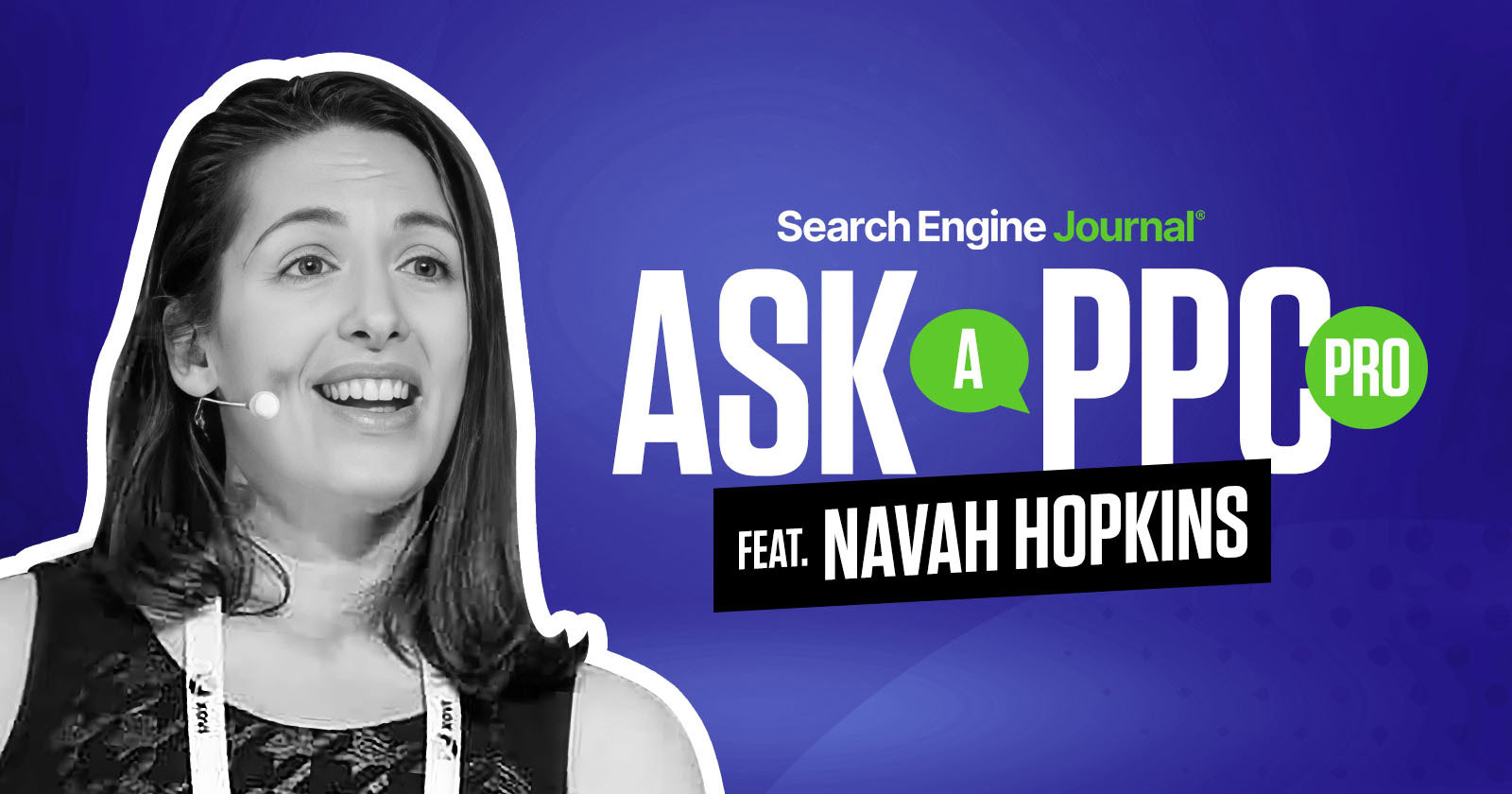






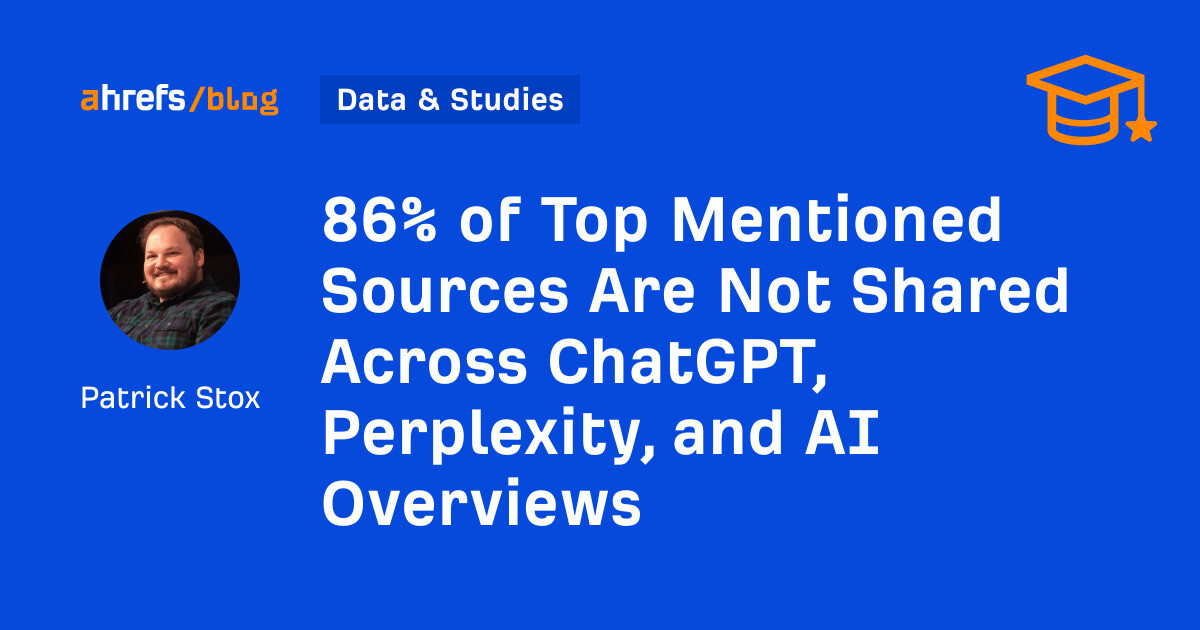
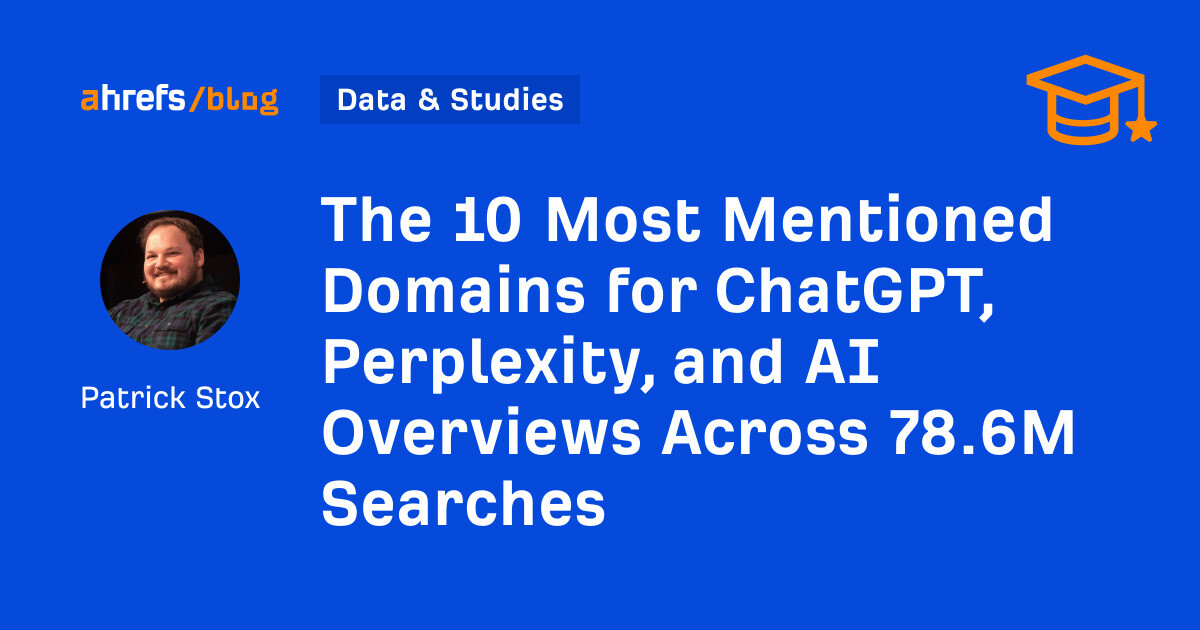
![Marketers Using AI Publish 42% More Content [+ New Research Report]](https://ahrefs.com/blog/wp-content/uploads/2025/06/marketers-using-ai-publish-42-more-by-ryan-law-data-studies-1.jpg)












![Brand pitch guide for creators [deck and email templates]](https://blog.hootsuite.com/wp-content/uploads/2022/06/brand-pitch-template.png)


![Social media image sizes for all networks [June 2025]](https://blog.hootsuite.com/wp-content/uploads/2023/01/Social-Media-Image-Sizes-2023.png)

![The HubSpot Blog’s AI Trends for Marketers Report [key findings from 1,000+ marketing pros]](https://www.hubspot.com/hubfs/state-of-AI-1-20240626-53394.webp)
![AI can boost conversions from your web page — HubSpot’s CMO shows you how [tutorial]](https://knowledge.hubspot.com/hubfs/ai-1-20250605-395473.webp)
![The state of inclusive marketing in 2025 [new data + expert insight]](https://www.hubspot.com/hubfs/inclusive-marketing-report.webp)








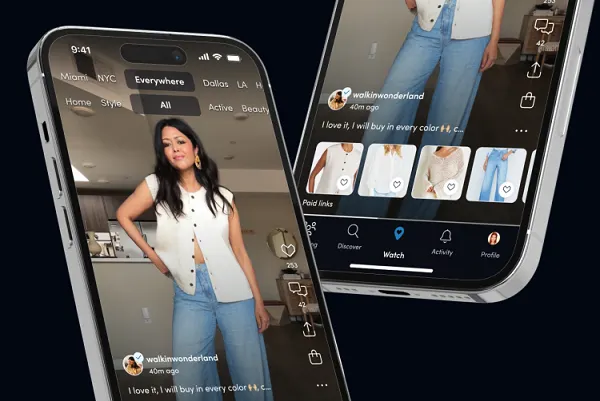
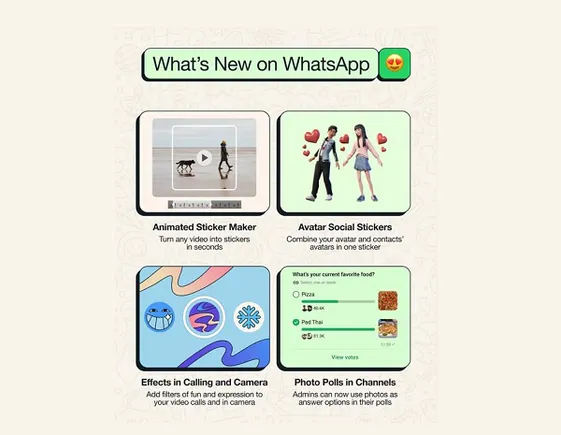
![X Highlights Back-to-School Marketing Opportunities [Infographic]](https://imgproxy.divecdn.com/dM1TxaOzbLu_kb9YjLpd7P_E_B_FkFsuKp2uSGPS5i8/g:ce/rs:fit:770:435/Z3M6Ly9kaXZlc2l0ZS1zdG9yYWdlL2RpdmVpbWFnZS94X2JhY2tfdG9fc2Nob29sMi5wbmc=.webp)
